MARKET OVERVIEW
The Global ICU Medical Pendant market is of paramount importance. As hospitals and medical facilities begin to upgrade their ICU services, the demand for improved pendant systems will rise. These systems act as the backbone in ICUs by channeling medical equipment in a more orderly manner, thereby lessening congestion and allowing for quick and easy access to life-saving devices. With technological advancements, changing regulatory framework, and an increasing demand from healthcare professionals, the supporting industry will see changes.
The development of solutions enhancing workflow efficiency on the plant side and patient safety being paramount will drive demand across the Global ICU Medical Pendant market. The focus will trend toward modular designs of pendant systems with added flexibility in the configuration of ICUs. The future hanging system will be developed considering seamless integration with other technologies instituted in hospitals, such as smart systems for monitoring & robotic-assisted procedures. Manufacturers will focus on delivering adaptable and flexible units within the changing dynamics of healthcare facilities. Automation will once again affect this whole industry to create innovations aiming toward less manual involvement in tasks, thereby enhancing operational accuracy.
Customization will be apt to bring consciousness toward product development to meet the criteria of different healthcare settings. Pendants will be preferred where ergonomics and infection control can be improved. Since healthcare-associated infections remain a major concern, there will definitely be an intensified focus on materials that inhibit bacterial growth and are easy to clean for pendants. The use of antimicrobial coating and non-porous surfaces will likely be the primary industry practice.
Integration of wireless communication technologies will increase functionality in ICU medical pendant systems, allowing for real-time data sharing among the devices. With this change, coordination among healthcare personnel will be enhanced, fostering efficient decision-making in critical conditions. As telemedicine reaches more and more patients, pendant systems might integrate features for remote monitoring and consultations. This change will allow specialists to give guidance when not physically present, cutting down response time and improving patient outcomes.
The Global ICU Medical Pendant market too will reflect the larger trend towards sustainable healthcare solutions. Medical facilities will prioritize energy-efficient pendant systems compliant with green building initiatives. Manufacturers will be exploring eco-friendly materials and energy-saving technologies that allow hospitals to reduce their carbon footprint.
Global ICU Medical Pendant market is estimated to reach $1,160.90 Million by 2032; growing at a CAGR of 6.1% from 2025 to 2032.
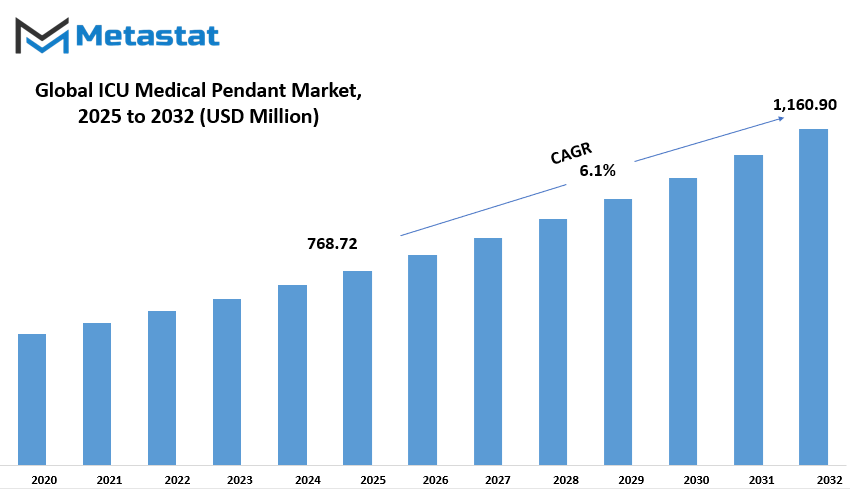
GROWTH FACTORS
The Global ICU Medical Pendant market is currently undergoing drastic changes in light of rapid advances in healthcare infrastructure and the progressive emphasis on patient safety. As hospitals and healthcare institutions increasingly aim to implement greater efficiency in operations, the demand for medical pendants has increased. These units are a vital means of coordinating critical care units with respect to the arrangement and accessibility of medical equipment for healthcare providers and patient management. The demand for well-equipped intensive care units has dramatically surged, emphasizing structured workflows and less clutter in critical care settings.
Growing numbers of patients needing intensive care are driving a greater demand for advanced healthcare installations. Hospitals invest in high-end equipment for treatment efficiencies. Medical pendants keep essentials handy for the providers while keeping the area sterile for the patient's benefit, thus reducing the chance for infection. Patient safety considerations have led to widespread use of these systems in accidents caused by trifles: cable tangling and misplaced devices. Any system that would allow an unobstructed focus on patient care, rather than wrestling with system inefficiencies, would be readily adopted.
Conversely, these benefits come with their own baggage. The exorbitant cost involved in the initial installation of the medical pendant system presents a huge obstacle for small healthcare providers and hospitals with seriously constrained budgets. The very expense of introducing these systems, as well as the costs of subsequent maintenance and servicing over an extended period of time, adds to this burden. Many institutions struggle to assign funds for such expenditures, especially in regions where the money of medical care is scant. Moreover, maintenance and servicing of these devices require expertise from technicians, which again can present a constraint with the hospitals that lack professionals to deal with complex medical equipment.
The innovations expected to arise will be an enormous opportunity for the Global ICU Medical Pendant market in the foreseeable future. The introduction of telemedicine and artificial intelligence will create a windy change about in critical care management. AI monitoring systems will enhance hospital monitoring of patients and provide real-time health data about these patients to the medical teams. Telemedicine applications further optimize the efficacy by enabling remote consultations and thereby expediting response times in emergencies. All these innovations are expected to positively impact adoption and ascertain that medical pendants remain ingrained as an inseparable component of future healthcare systems. With hospitals modernizing their infrastructure, this defines a rise in demand for advanced medical pendants in gain for better patient outcomes and workflow management.
MARKET SEGMENTATION
By Product
The Global ICU Medical Pendant Market continues to gain traction as healthcare settings move towards high-end solutions for critical care environments. Medical pendants contribute greatly to creating efficient workspaces - intensive care units, operating theaters, or emergency departments. Such devices organize life-saving tools and lend quick access to equipment to improve the efficiency of the overall workflow. Hence the mounting trend of improving health care infrastructure and safety of patients will contribute toward adapting pendants even among developing countries.
Medical pendants are intended to embrace the different typical hospital functions where flexibility in a specific controlled environment is made applicable. There are product segments within the market that meet different types of operational needs. Fixed pendants account for a major share valued at $187.93 million to provide fixed support for medical utilities, while fixed retractable pendants offer adjustable flexibility for distinct medical needs. Single-arm movable pendants increase access by allowing smooth mobility; double and multi-arm movable pendants then articulate into even greater versatility to allow for complex medical procedures. These variations help healthcare professionals optimize space and ensure an organized work environment.
Today, the development of ICU medical pendants is based on innovations and developments in creating better medical technologies. With most hospitals moving toward automated and sensor-based health facilities, it is possible to use pendants that enhance accuracy with ease of use. Efficiency will be increased by minimizing the manual effort and ensuring a better connection between medical devices. Real-time monitoring of the appliances through the integration of smart technologies in this kind of pendant system will ensure that high standards of care are maintained by the medical team. Currently, the demand for modular designs is increasing for customization of pendants to suit specific hospital needs.
ICU admissions are now increasing around the world, and with this rise comes a need for an advanced medical infrastructure. The growing trend of health institutions directed toward infection control and ergonomic workspace solutions would spark a higher rate of adoption for the installation of medical pendants in healthcare. Streamlined operations, quality patient care, and utmost safety in the hospitals can all be achieved using these systems, thus becoming one important part of modernizing healthcare settings. So, as medical facilities innovate and improve, the Global ICU Medical Pendant is looking forward to progressive expansion as technological advancement and increased investments pave the way into health infrastructure.
By Installation
The global ICU medical pendant market steadily rises as healthcare facilities seek advanced solutions to improve work flow, optimize space and enhance patient care. These pendants address the primary functions within modern intensive care units with respect to the centralized provision of management of medical gases, electrical outlets, and essential equipment. More and more hospitals and healthcare centers effectively respond to creating an organized environment, which in turn is driving the demand for ICU medical pendant inventions.
Medical pendants play an important part in ensuring a clutter-free operation, which allows quick access to life-saving equipment needed by doctors and nurses. Therefore the versatility built in these pendants contributes to better ergonomics and minimizes stress on hospital staff. Staff, therefore, can easily access necessary devices while concentrating on patient health care rather than disorganized cords or searching for those indispensable instruments.
The market is categorized based on installation types, with the major classifications being ceiling-oriented pendants and wall-oriented pendants. Ceiling-mounted pendants have their use in ICUs, operating rooms, and emergency departments to ensure that medical devices can be reached while maximizing floor space. Such devices permit real free play with positioning of equipment that becomes advantageous particularly in critical care situations where mobility and accessibility are paramount. Wall-mounted pendants, conversely, make a space-efficient alternative, especially suited for situations characterized by reduced overhead space. Those will provide stability and convenience across any situation with less concern for mobility yet guaranteed accessibility.
Hospitals and healthcare institutions have continued to invest in medical pendants with integrated solutions with advanced technological features such as height adjustment, rotation arms and modular design features that seek to enhance efficiency and adaptability across different medical settings. Customization of pendant configuration according to hospital-specific needs has made them an integral part of modern ICU setups.
As the health care arena progresses, high-performance medical equipment becomes indispensable. Therefore, an increase is also expected in terms of the global ICU medical pendant market, with hospitals underlining infrastructure improvement, patient safety enhancement, and overall operational efficiency. With continual advancement in medical technologies, these pendants will impact where intensive care is headed, providing health practitioners with timely access to the instruments in an organized and working environment.
By Capacity
Most preferably, Global ICU Medical Pendant Market has supported modern-day healthcare by acting as necessary support for medical equipment and effective space management in the intensive care units. This pendant system thus promises to enhance the workflow by minimizing obstruction and giving easy access to health professionals carrying out critical procedures. Hospitals and health care facilities have been erecting infrastructure facilities to cater to the needs of emerging patients, and the transformation has changed into a medical pendant. These improving conditions worldwide will tend to add further value to intensive care units.
Categories like low-duty, medium-duty, and high-duty variants categorize the market for medical pendants in an intensive care unit based on capacity. Low-duty pendants usually are employed in less intensive surroundings, where no more than minimal equipment management is required. These types support essential medical devices and provide access without the unnecessary bulk. More advanced medium-duty pendants answer the needs of healthcare units that desire partial functionality and flexibility. These types can carry up to a better load with additional features suited for more medical procedures. High-duty pendants are designed for the most demanding premises, such as specialized ICUs and surgical units, in which several devices, monitors, and life-support systems need to be housed most efficiently. Designed to bear a heavier workload, these pendants still maintain the accessibility and safety expected by medical staff.
As technology in medicine matures, so does the need to provide better patient services as well as maximize operational efficiency. Demand for ICU medical pendants increases through better space utilization, reducing hazards of equipment and improving workflow within healthcare facilities. Concerns for patient safety and infection control have brought such urgency to the need for well-structured ICU setups. Modern medical pendant systems that meet the latest standards in healthcare and do not face integration issues with various medical devices have now become a priority for hospitals.
Future growth of market adoption for ICU medical pendants is bright because of continuous emerging developments in the healthcare infrastructure. These innovations are focused by manufacturers on design improvement, user-friendliness, and versatility in various medical environments. Also, with the upgrading of these intensive care units in hospitals and healthcare facilities, the dependency on highly efficient and reliable medical pendant systems will continue to grow.
By End User
Advanced solutions for efficient patient care and proper medical equipment management are developing significantly in the Global ICU Medical Pendant market. ICU medical pendants provide a centralized support system for essential devices in modern healthcare settings while reducing clutter and improving accessibility for medical personnel. They are crucial for very timely access to medical tools and gas, which is vital for patient safety in the ICU, operating theaters, and other critical care areas.
Hospitals are the major end-user for ICU medical pendants due to the concurrent influx of intensive care patients and organizational workspace requirements. With newer medical technologies, newer pendant systems are providing increased flexibility, ergonomic designs, and enhanced safety. Pendant systems in combination with medical gas supply units, electrical outlet integration, and equipment management solutions optimized into one system allow personnel to concentrate on patient care free from interruptions.
Ambulatory surgical centers (ASCs) are also key users of ICU medical pendants. These centers perform same-day surgical procedures and demand effective equipment management to facilitate construction without any hindrance. The establishment of medical pendants enhances workflow efficiency in ASCs by allowing surgeons and other staff members attending to the procedure to work with minimum disruption. As ASCs are expanding in providing even more outpatient procedures, the call for compact and flexible pendant systems will increase.
Clinics, although smaller than hospitals and ASCs, apply ICU medical pendant for their space. These units support primary surgical intervention, emergency care, and specialized treatment that involves several medical devices. Clinics can optimize their scarce space while keeping an organized and safe environment with respect to healthcare providers and patients due to the use of these pendants.
Continued advancements in ICU medical pendant technology are made in view of patient safety, infection control, and operational efficiency trends. Manufacturers are prioritizing setting standard design improvements such as articulated arms, touch control display implementation, and integrated monitor systems to address emerging health facilities' needs. All in all, the healthcare sector moving forward will heavily depend on the advanced ICU medical pendant systems for the efficient delivery of good-quality patient care.
|
Forecast Period |
2025-2032 |
|
Market Size in 2025 |
$768.72 million |
|
Market Size by 2032 |
$1,160.90 Million |
|
Growth Rate from 2025 to 2032 |
6.1% |
|
Base Year |
2025 |
|
Regions Covered |
North America, Europe, Asia-Pacific, South America, Middle East & Africa |
REGIONAL ANALYSIS
North America, Europe, Asia-Pacific, South America, and the Middle East & Africa are geographical segments of the global ICU Medical Pendant market, each of which contributes in major ways to the development of the market. North America includes the United States, Canada, and Mexico as contributing countries in various ways to the market's growth. In Europe, the market is capitalized on by a few major players in the UK, Germany, France, Italy, whereas the rest of Europe forms a separate segment to cover the smaller markets.
There is diversity on the side of the healthcare systems as well as ultra-rapid technological advancements in Asia-Pacific: here we can mention the important markets of India, China, Japan, South Korea, and the rest of the region, all of which have a bearing on trends and demand in the market. On the other side, however, the smaller counterpart, South America, contains very big countries with an impact on the overall market: Brazil and Argentina, while the rest of South America adds to the overall market as well. Meanwhile, the Middle East & Africa have also been among the major players, reflective of subcategories like GCC countries, Egypt, South Africa, and the rest of the regions in the Middle East & Africa, which are expected to affect the ICU Medical Pendant market in different ways.
The geographical demarcations reflect how the market operates in a particular region and the different factors that affect it. North America is the American region leading because of its advanced healthcare infrastructure and the growing demand for medical technologies, while Europe would still play a very important role through very strong regulation and high healthcare standards.
The most significant growth potential belongs to Asia-Pacific, with increased healthcare investments and newly expanded adoption of medical technologies in the region; China and India are emerging leaders in the industry. South America is not an exception, though developing; it can be possible to reinstate where the current demand in health services is escalating along with improved infrastructure as it develops. The Middle East & Africa have both well-established markets, such as the GCC countries, and developing areas, adding their weight to the overall expansion of the market.
In sum, the global ICU Medical Pendant market is segmented into these major regions, each possessing unique peculiarities that contributed to shaping the market's growth trajectory. The current infrastructure improvements in the healthcare sector, technological innovation, and regional demand can be expected to have a great influence on the market in the near future. Going forward, stakeholders should keep an eye on the trends under these geographical categories so that they comprehend the emerging prospect of market dynamics.
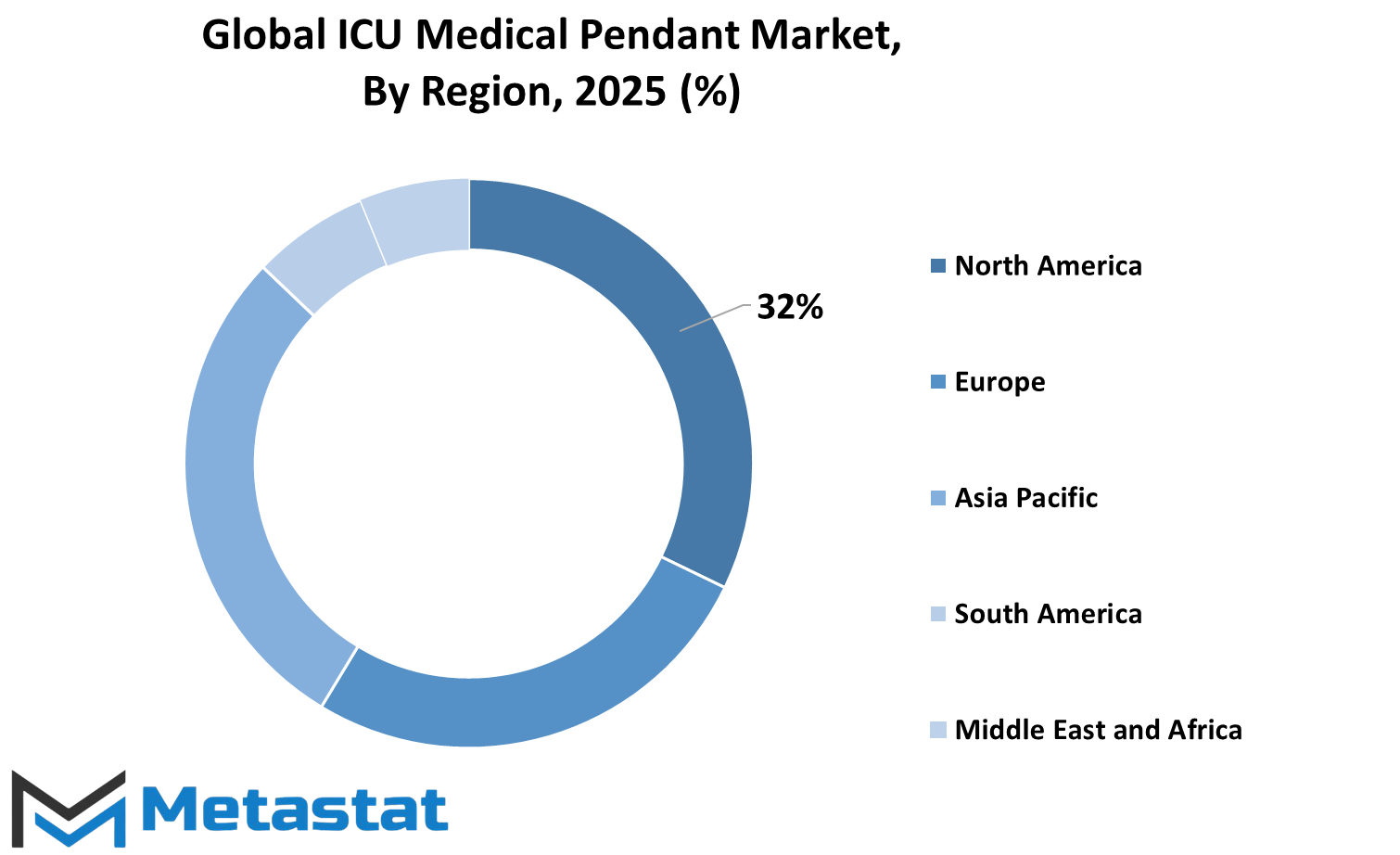
COMPETITIVE PLAYERS
The Global ICU Medical Pendant market is the backbone of modern healthcare for all essential support in critical care units. The pendants work to improve efficiency, enhance patient safety, and simplify the medical procedure by organizing the essential equipment near the hospital bed while reducing clutter. With the development of hospitals along with the infrastructure, the demand for medical pendants has gone on increasing. Centrally, it manages medical gases, electrical outlets, and communication tools to facilitate the work of healthcare professionals in the most difficult environments.
The demand for ICU medical pendants is due to their property of organizing and enhancing a workspace. In critical medical situations, every second counts, and placing the medical devices and utilities conveniently within hand-reach can considerably improve response time. Ranging from the support of ventilators, infusion pumps, and monitor systems, these pendants cater to the various medical needs. When multiple functionalities are embedded in one system, they help lessen the hazardous occurrence of accidents and errors in intensive care units.
There are several companies actively contributing to the growth of this market. Key players include Draegerwerk AG & Co. KGaA, Hill-Rom Holdings Inc., Beacon Medaes, Stryker Corporation, KLS Martin Group, STERIS plc, Starkstrom Group, Elektra Hellas S.A., Brandon Medical Co Ltd., Tedisel Medical, SURGIRIS, Building Better Healthcare, Amcaremed, Tecno-med, Mindray Bio-Medical Electronics Co. Ltd, and so on. Such companies continue to innovate to meet the ever-changing market demands for healthcare facilities. Enhanced design, durability, and integration of advanced technology for better functionality are their focus areas.
Hospitals and healthcare centers have been investing in such systems for better patient care and operational efficiency. The demand is increasing for solutions that can be customized for each hospital pending its own needs. Also very important are the ease of maintenance, flexibility, and the ability to adapt to different medical environments.
The design of ICU medical pendants and their evolution would continue to change the very essence of providing critical care as the medical industry changes. With innovations, these devices will improve systems, thus contributing to a better outcome for patients. Their state-of-the-art availability in contemporary hospitals highlights their importance in putting together an organized, secure, and efficient healthcare environment.
ICU Medical Pendant Market Key Segments:
By Product
- Fixed Pendants
- Fixed Retractable
- Single Arm Movable
- Double and Multi-arm Movable
By Installation
- Ceiling Mounted Pendant
- Wall Mounted Pendant
By Capacity
- Low duty
- Medium Duty
- High Duty
By End User
- Hospitals
- Ambulatory Surgical Centers (ASCs)
- Clinics
Key Global ICU Medical Pendant Industry Players
- Draegerwerk AG & Co. KGaA
- Hill-Rom Holdings, Inc.
- Beacon Medaes
- Stryker Corporation
- KLS Martin Group
- STERIS plc
- Starkstrom Group
- Elektra Hellas S.A.
- Brandon Medical Co Ltd.
- Tedisel Medical
- SURGIRIS
- Building Better Healthcare
- Amcaremed
- Tecno-med
- Mindray Bio-Medical Electronics Co., Ltd.
WHAT REPORT PROVIDES
- Full in-depth analysis of the parent Industry
- Important changes in market and its dynamics
- Segmentation details of the market
- Former, on-going, and projected market analysis in terms of volume and value
- Assessment of niche industry developments
- Market share analysis
- Key strategies of major players
- Emerging segments and regional growth potential



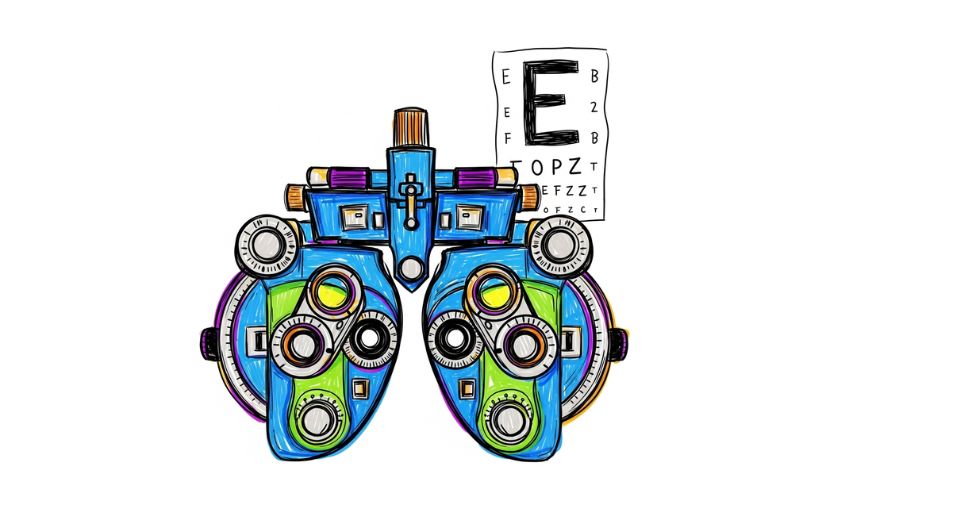

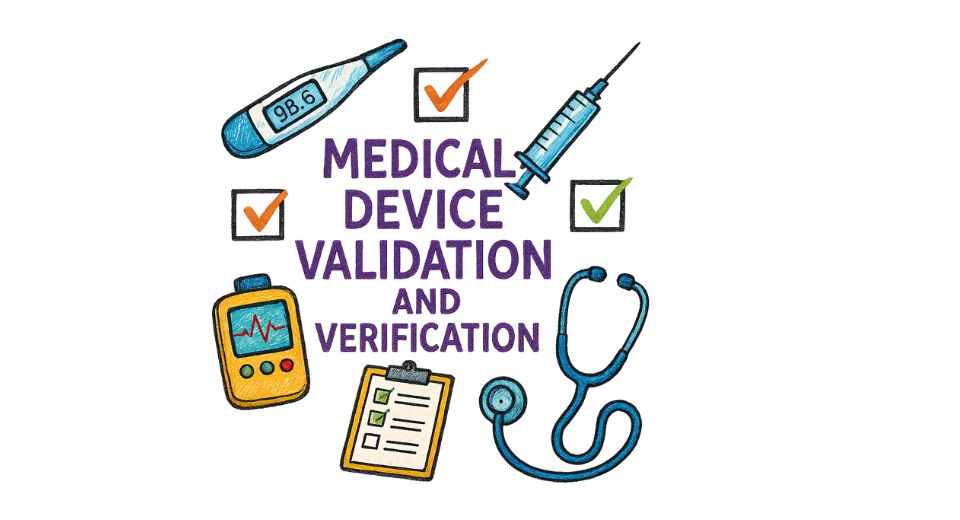
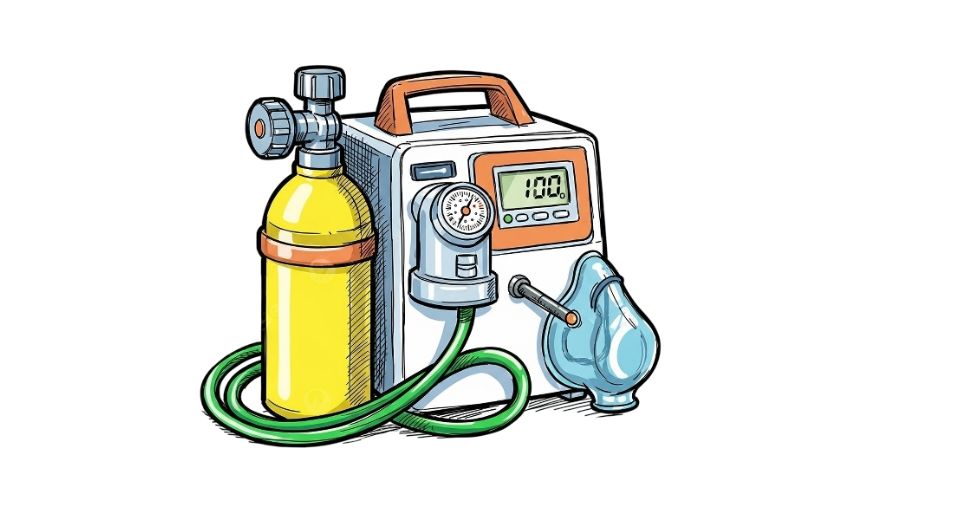

 US: +1 3023308252
US: +1 3023308252






